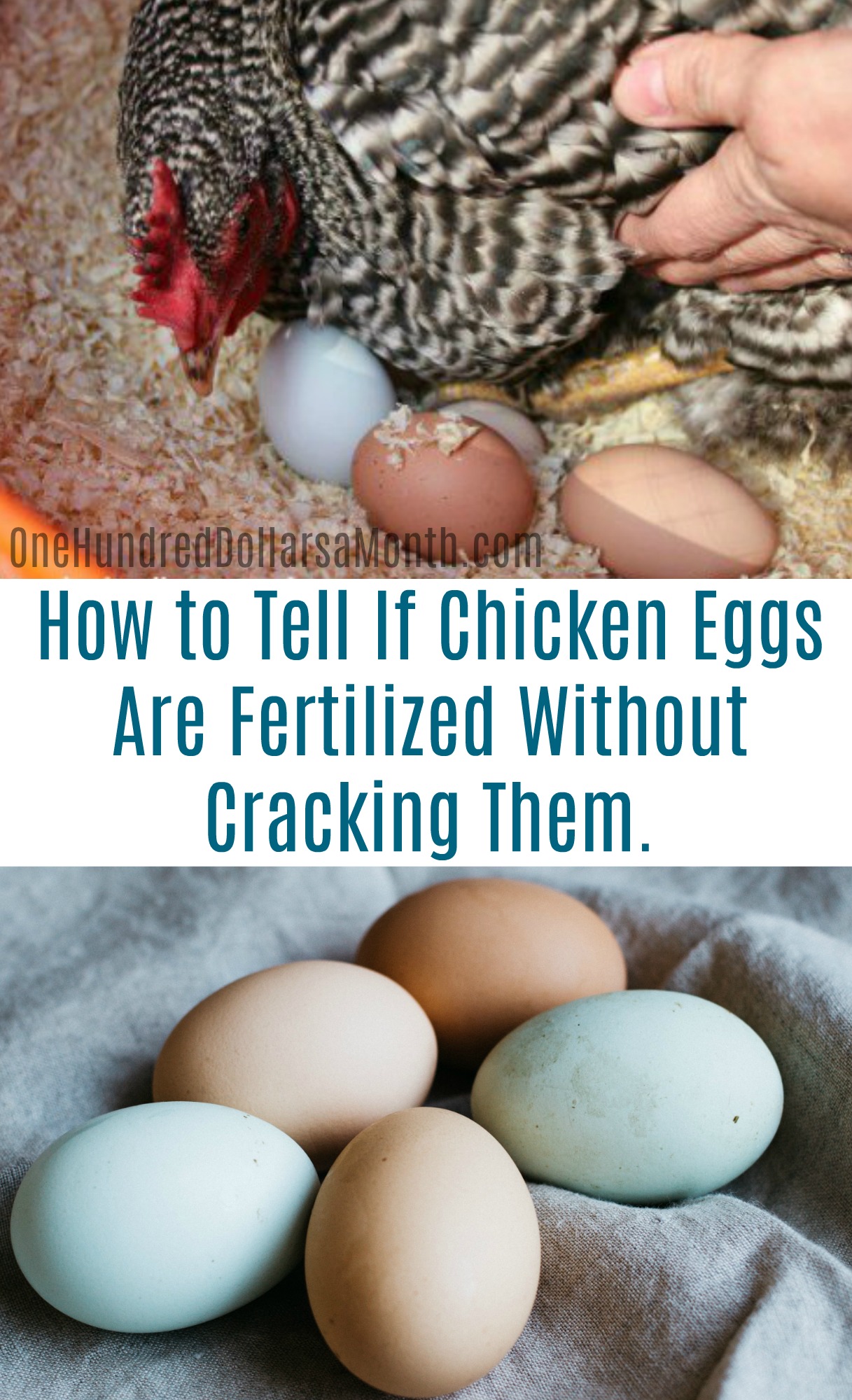Understanding the intricacies of nature's processes can be both fascinating and enlightening. One such process is the hen fertilization process, a biological marvel that plays a crucial role in the production of eggs. This article delves deep into this natural phenomenon, uncovering the secrets behind how hens produce healthy eggs with or without the presence of a rooster.
Whether you're a backyard chicken keeper, a poultry farmer, or simply someone interested in the science of reproduction, this ultimate guide will provide valuable insights. From ovulation to egg formation, we'll explore each step of the journey, ensuring you have a comprehensive understanding of the hen's reproductive cycle and the factors influencing it.
The Reproductive Cycle of Laying Hens
Hens are remarkable creatures with an innate ability to lay eggs regularly. The life cycle of a laying hen involves a series of stages that ensure consistent egg production. Ovulation, which occurs every 24 to 26 hours, is a key part of this cycle. Interestingly, this process continues regardless of whether fertilization takes place, meaning a rooster isn't always necessary for a hen to lay eggs.
A new yolk is ovulated by the hen during each cycle. This process is part of the natural rhythm of egg-laying hens, allowing them to produce eggs even in the absence of male chickens. Understanding these stages can help poultry enthusiasts better manage their flocks and optimize egg production.
In addition to ovulation, other factors like diet, environment, and health play significant roles in the egg-laying process. By learning about these aspects, one can ensure the well-being of hens and the quality of the eggs they produce.
Egg Fertilization: The Role of the Oviduct
Fertilization in hens is a precise biological event that occurs within the oviduct. Immediately following ovulation, if sperm is present, fertilization takes place. The oviduct serves as the site where the sperm meets the egg, initiating the creation of a new life.
Once fertilized, the egg begins its journey through the oviduct, where layers of albumen and the shell are added. This intricate process ensures the protection and nourishment of the developing embryo. Each stage of this journey is vital for producing a fully-formed egg.
Understanding the mechanics of fertilization helps explain why some eggs are fertile while others are not. It also highlights the importance of proper management practices to maximize fertility rates in poultry farming.
The Cloacal Kiss: A Unique Mating Process
Roosters play a crucial role in the fertilization of chicken eggs through a unique mating process known as the cloacal kiss. During this brief but effective encounter, millions of sperm are transferred from the rooster to the hen's cloaca. This method ensures efficient fertilization without the need for prolonged physical contact.
This fascinating process allows hens to store sperm for extended periods, enabling them to produce fertile eggs over time. The cloacal kiss is a testament to the adaptability and efficiency of avian reproductive systems.
By studying the cloacal kiss and its implications, researchers and poultry farmers can gain insights into improving breeding practices and enhancing flock productivity. This knowledge is invaluable for those looking to optimize egg production and maintain healthy chicken populations.
Egg Formation: A Day in the Life of a Hen
The egg formation process in hens is a complex yet fascinating journey that spans approximately 24 hours. During this time, the egg undergoes several transformations as it travels through the oviduct. Each stage contributes to the final product—a complete egg ready for laying.
From the initial release of the yolk to the addition of albumen and the formation of the shell, every step is meticulously orchestrated. This process highlights the incredible efficiency and precision of the hen's reproductive system.
Understanding the intricacies of egg formation can aid in identifying potential issues and improving egg quality. By recognizing the factors that influence this process, poultry keepers can implement strategies to enhance the health and productivity of their hens.
Genetic Factors Influencing Fertilization
Recent scientific studies have shed light on the genetic elements that impact the fertilization process in chickens. Researchers have identified specific genes involved in sperm-oocyte interactions and immune regulation, offering new perspectives on optimizing fertility rates.
These findings suggest that certain genetic traits can enhance the likelihood of successful fertilization. By selecting hens and roosters with favorable genetic profiles, breeders can potentially improve the overall fertility of their flocks.
As research progresses, the application of genetic knowledge in poultry farming could revolutionize breeding practices, leading to more efficient and sustainable egg production methods.
Safely Utilizing Chicken Manure in Gardens
Beyond the realm of reproduction, chickens contribute to agriculture through their manure, a rich source of nutrients for plants. Proper composting transforms chicken manure into a safe and beneficial soil amendment, promoting plant growth and soil health.
Composting effectively eliminates harmful pathogens, making chicken manure safe for use in home gardens and landscapes. This practice not only enhances soil fertility but also reduces waste, aligning with sustainable agricultural practices.
For families raising chickens, utilizing composted manure provides an excellent opportunity to close the loop on resource use, turning waste into a valuable asset. By adopting responsible composting techniques, gardeners can enjoy healthier plants and a more sustainable approach to gardening.

